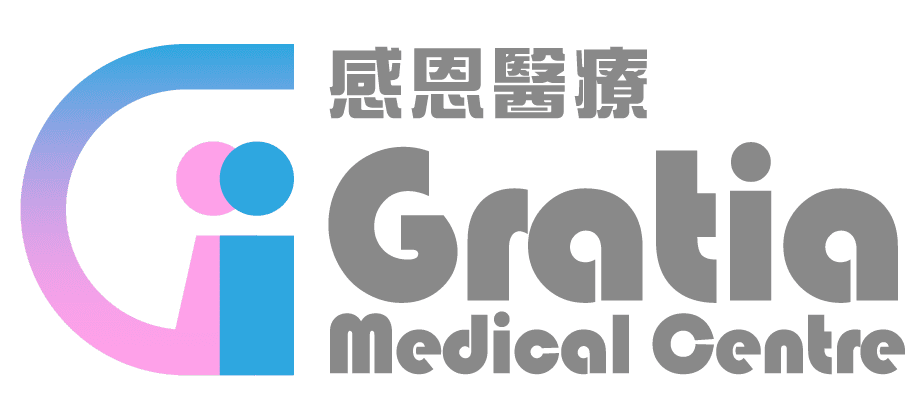Fibrocystic Breast Changes or Fibroadenosis is one of the commonest benign breast conditions. It was usually called ‘fibrocystic breast disease’ in the past. However, having fibrocystic breasts is now considered simply a variation of normal changes rather than a discrete disease. Therefore, the condition is more appropriately referred to as fibrocystic breast changes or fibroadenosis nowadays.
What causes fibrocystic breast changes?
The exact cause of fibrocystic breast changes remains largely unknown, but it is thought to be related to the fluctuating hormone levels during a menstrual cycle. It affects more than 60% women of reproductive age between 20–50+ years. It is not cancerous, and it does not increase a woman’s risk of breast cancer.
What are the symptoms of fibrocystic breast changes?
Women with fibrocystic breast changes may not have any symptoms; but if they do, they may notice breast pain or may have a feeling of having lumps in the breasts, with these feelings being the strongest a few days before menstruation. Fibrocystic breast changes can also cause genuine breast lumps such as breast cysts or fibroadenomas, but these lumps may come and go in relation to the menstrual cycle. These changes generally regress after menopause unless the women are on hormone replacement therapy.
How to make a diagnosis of fibrocystic breast changes?
Women with symptoms such as pain or lumpiness in the breasts have to be thoroughly evaluated by a doctor with the Triple Assessment. The doctor starts with checking the medical history, family history and a clinical examination. If the doctor finds lumps in the breasts, radiological examinations such as a mammogram and / or a formal ultrasound scan of the breasts will be necessary. A pathological examination by means of fine needle aspiration (FNA) or core needle biopsy is performed if there are concerns about the nature of any of the lumps.
What are the treatments?
Women with fibrocystic changes who are otherwise asymptomatic, or whose symptoms are mild, may not need any treatment. Treatments can be considered if they have the following problems:
![]() Painful and large cysts:
Painful and large cysts:
– These can be treated with a fine needle aspiration (FNA). The doctor uses a thin needle to drain the fluid from the cyst. This helps to collapse the cyst and relief the discomfort. Rarely, surgical excision is required to remove a cyst-like lump that does not resolve after repeated aspiration or when there is suspicion about the nature of the cyst.
![]()
![]()
![]()
– Troublesome breast pain can be treated with painkillers such as acetaminophen (Panadol) or NSAID (e.g. ibuprofen). Combined oral contraceptives which lower the levels of cycle-related hormonal changes may reduce the pain.
Is regular follow-up necessary for fibrocystic breast changes?
Although fibrocystic breast changes is not a precursor of breast cancer, it may mask the appearance of a real cancer within the dense breast tissues, making it more difficult to be detected. It is therefore advisable to have regular follow-ups, the interval and frequency of which depends on the risk of the individual. Each visit may include some or all of the components of the Triple Assessment as advised by the doctor.





